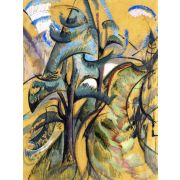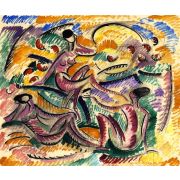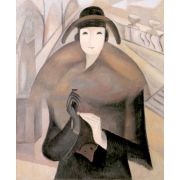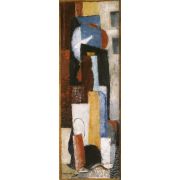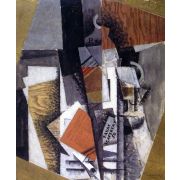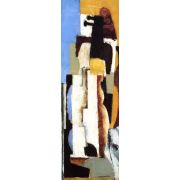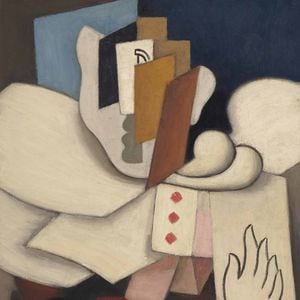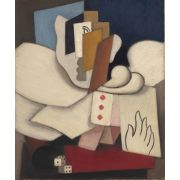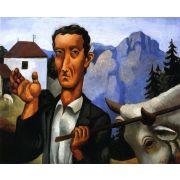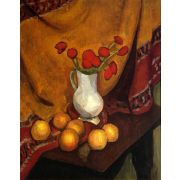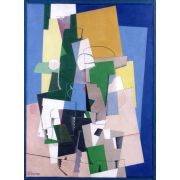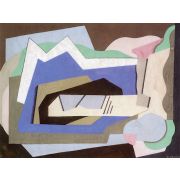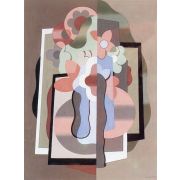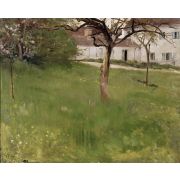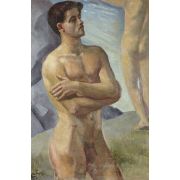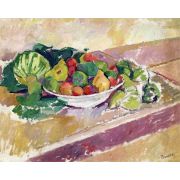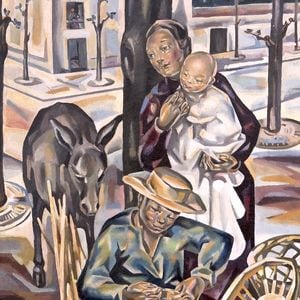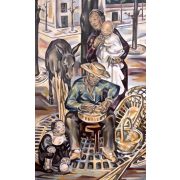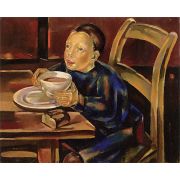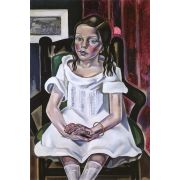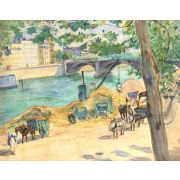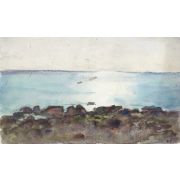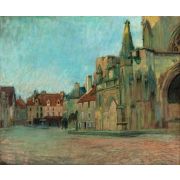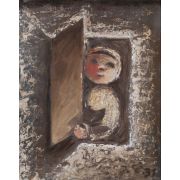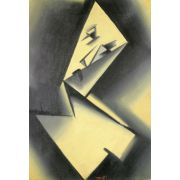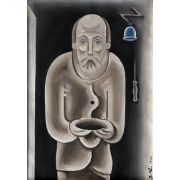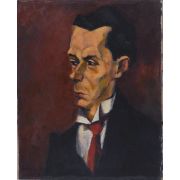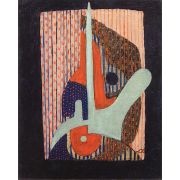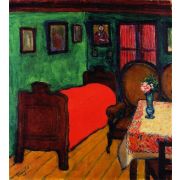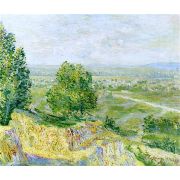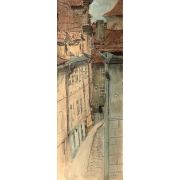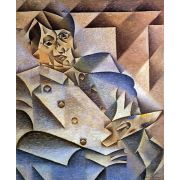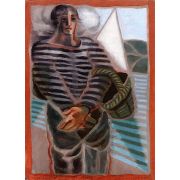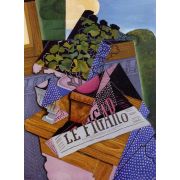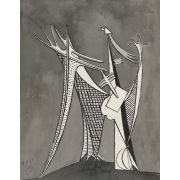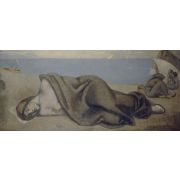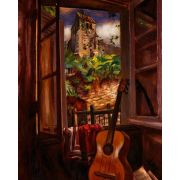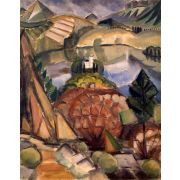
Cubism
Cubism
1 to 15 out of 15 artists
Alice Bailly
1872 -1938, Swiss, Female Artist / Post-Impressionism , Dada , and Cubism, 124 works
Georg Pauli
1855 -1935, Swedish / Symbolism , Cubism , and Impressionism, 48 works
Maria Blanchard
1881 -1932, French, Female Artist / Cubism, 27 works
Raoul Dufy
1877 -1953, French / Cubism , Fauvism , and Post-Impressionism, 25 works
Josef Čapek
1887 -1945, Czech / Expressionism and Cubism, 10 works
Lajos Tihanyi
1885 -1938, Hungarian / Cubism and Post-Impressionism, 5 works
Emil Filla
1882 -1953, Moravian / Expressionism and Cubism, 1 work
Julio González
1876 -1942, Spanish / Cubism and Abstract Art, 23 works
1 to 15 out of 15 artists
Cubism is an art movement that started at the beginning of the 20th century. It moved European painting and sculpture into the Modern art of the 20th century. In all its different forms, Cubism influenced music, literature, and architecture. People have said that cubism was one of the most important art movements of the 20th century. The term is often used to describe many different kinds of art made in Paris (Montmartre, Montparnasse, and Puteaux) from the 1910s to the 1920s.
Georges Braque and Pablo Picasso started the movement, and Andre Lhote, Jean Metzinger, Albert Gleizes, Robert Delaunay, Henri Le Fauconnier, Fernand Léger, and Juan Gris joined them. One of the main things that led to Cubism was how Paul Cézanne's late works showed three-dimensional shapes. At the Salon d'Automne in 1904, there was a retrospective of Cézanne's paintings. New results were shown at the Salon d'Automne in 1905 and 1906, and two commemorative retrospectives after his death in 1907. In Cubist art, objects are looked at, broken up, and put back together in an abstract way. Instead of showing the thing from one point of view, the artist shows it from many different topics to show it in a bigger picture.
Cubism had a significant effect on a lot of different things. In other places, the response to Cubism was the rise of Futurism, Suprematism, Dada, Constructivism, De Stijl, and Art Deco. Early Futurist paintings were similar to Cubism in that they mixed the past and present and simultaneously showed different views of the same subject. This is also called multiple perspective, simultaneity, or multiplicity. Constructivism was influenced by Picasso's method of building sculptures out of separate parts. Other things that all of these different movements have in common are the slicing or simplifying of geometric shapes and the link between mechanization and modern life.
Cubism's history has been broken up into stages by historians. In one theory, the first phase of Cubism, called "Analytic Cubism" after Juan Gris made up the term after the fact, was both radical and essential as a short but significant art movement in France from 1910 to 1912. Synthetic Cubism was crucial to the action until around 1919 when the Surrealist movement became popular. English art historian Douglas Cooper devised a different plan in his book The Cubist Epoch. In it, he talked about the three stages of cubism. Cooper said that there was "Early Cubism" (from 1906 to 1908) when the movement began in the studios of Picasso and Braque, "High Cubism" (from 1909 to 1914) when Juan Gris became an important figure (after 1911), and "Late Cubism" (from 1914 to 1921) as the last phase of Cubism as a radical avant-garde movement. Douglas Cooper's use of these terms in a narrow way to describe the work of Braque, Picasso, Gris (after 1911), and, to a lesser extent, Léger, suggested that he was making a value judgment.
Cubism began between 1907 and 1911. Les Demoiselles d'Avignon, which Picasso painted in 1907, is often considered a work before Cubism. The critic Louis Vauxcelles called Georges Braque's Houses at L'Estaque and other works like it "cubiques bizarre" (cubic oddities). Picasso's landscapes from 1909, like Reservoir at Horta de Ebro, were called the first Cubist paintings by Gertrude Stein. In the spring of 1911, works by Jean Metzinger, Albert Gleizes, Fernand Léger, Robert Delaunay, and Henri Le Fauconnier were shown at the Salon des Indépendants in Paris in a room called "Salle 41." However, no works by Picasso or Braque were shown.

